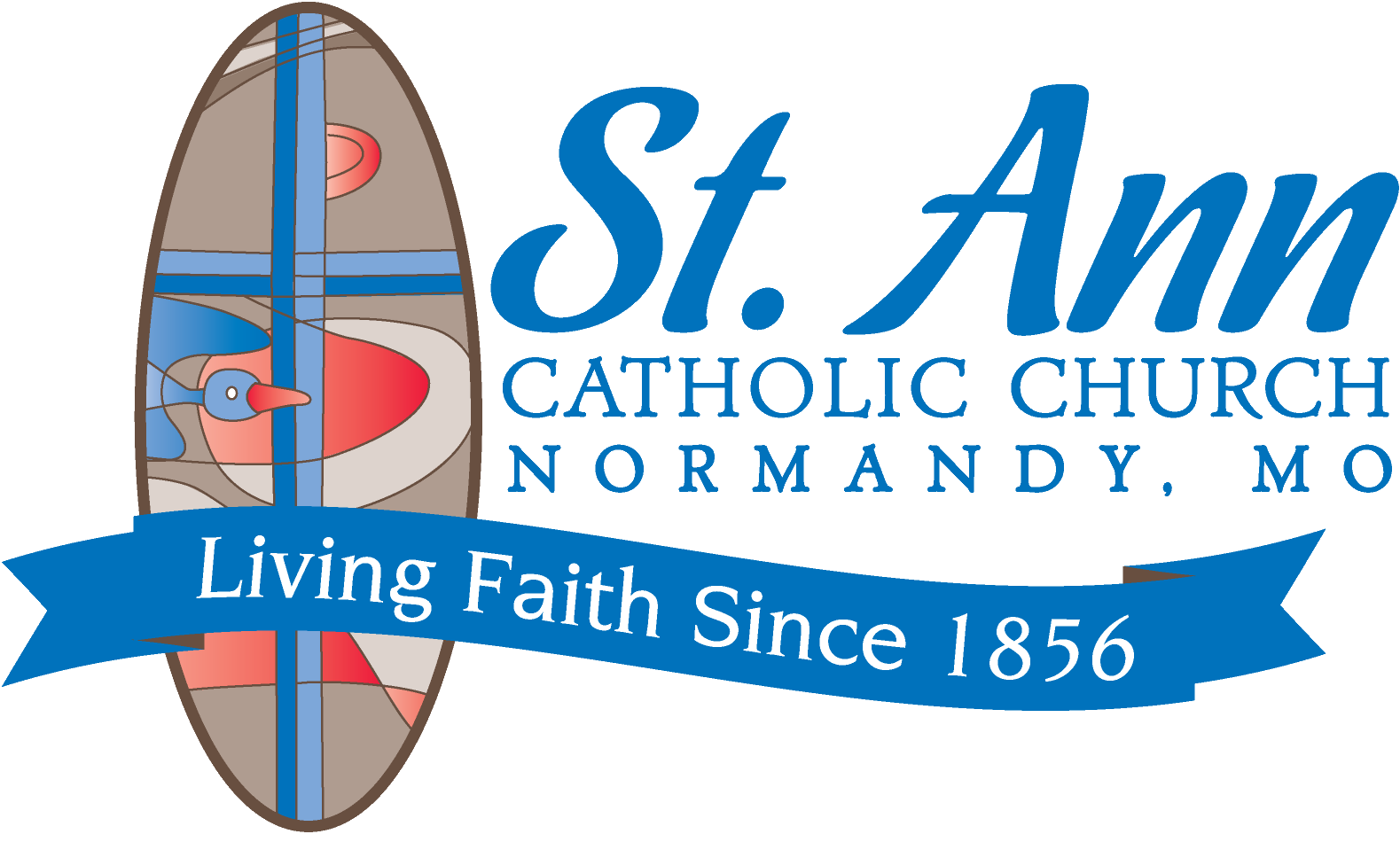 “Sup?” “’Lo!” “G’Day, mate.” “Oi!” How’s it going?” “What are you doing?” There are a lot of variations on “Hello” aren’t there. At UMSL isn’t it this: (walk by, head down, ever so slight ‘nod’ –NO EYE CONTACT! – keep walking…) One of my favorite greetings – comes from Fr. Gary Braun –“Could I love you any more – it’s so good to see you.” What is not to like in that greeting – I feel so welcomed and so ‘met’…
“Sup?” “’Lo!” “G’Day, mate.” “Oi!” How’s it going?” “What are you doing?” There are a lot of variations on “Hello” aren’t there. At UMSL isn’t it this: (walk by, head down, ever so slight ‘nod’ –NO EYE CONTACT! – keep walking…) One of my favorite greetings – comes from Fr. Gary Braun –“Could I love you any more – it’s so good to see you.” What is not to like in that greeting – I feel so welcomed and so ‘met’…
There is something in a greeting, isn’t there, that tells us about the relationship between us. If it is the formal, everyone at the same time: “Good Morning, Fr. Bill, God Bless you!” that I sometimes get when I walk into the kindergarten classroom, then I know that they are involved in a project, and need to come back. If it is a scattered chorus of “Fr. Bill”, then I can interact with impunity. Greetings tell us something about the nature of the relationship.
So, when the angel greets Mary, not with the expected “Shalom!” – “Peace” that would have been the common greeting in Israel, but with something quite different, you already know that something is up. And what is that greeting? “Kekairitomene” – Hail, full of grace, we translate it. But more accurately, that root word is “kaire” which means REJOICE. Fr. Pat Gaffney translates that entire word then in this way: Rejoice, you who are SO loved by God.
Rejoice – not the usual start to any kind of greeting. People would look at you funny if that is how you greeted them each day. (especially on a Monday morning – who wants to rejoice on a Monday morning.) Yet, Mary would have known, as familiar as she was with the scriptures, that “Rejoice” is the word used in the prophecies about “Daughter Zion” from Zephaniah, Zechariah and Joel. Each of those prophetic messages beginning with the word ‘rejoice’ was announcing the coming of the Messiah. So in that first word of greeting Mary would have known that SOMETHING extraordinary was up already. Rejoice, because YOU are a part of God’s saving story.
But it is not just the word “Kaire” we hear, but kekairitomene – you who are SO loved by God. And that is the heart of what we believe this feast is about. By a particular grace, the God for whom NOTHING is impossible, allowed Mary to share ahead of time in the redemption of Jesus on the cross. For isn’t that what salvation really is – not a matter of earning, but of receiving. That is how Mary is Immaculate – she shared ahead of time in the salvation Jesus would win for us all.
And Mary’s response is really the response each of us is called to live” “Let me be loved like that. Let me be loved like that.”
So there are two applications about how we might live this feast today.
1) Watch how you greet one another this day. Can you create something that lets the other know they matter? That THEY are so loved by God?
2) Is there a memory you can kind of climb into – about a time when you knew that same truth? Is there someone in your life who helps you to know that truth about you? Back in the day, my best friend Mary Morton and I both struggled with believing in our own goodness. We knew it in our heads, but our hearts were much slower to learn. So, we would end a lot of our conversations, on the phone or in person, with “Repeat after me: I – am – loved – UNCONDITIONALLY.” And though it was hard sometimes to say that, and even harder at times to believe that, the very act of saying it, helped to create that truth within me.
“Yo!” “Sup?” “What’s shaking?” – we know those greetings so well we scarcely pay attention to them. Kekairitomene – it’s a bit of a mouthful. But, who would we be if we trusted that those words to Mary, are also the words addressed to us? Imagine today, in every greeting, God saying to you, in the words of my friend, Fr. Gary: “Could I love you any more?”
